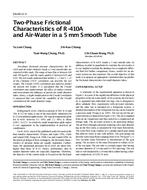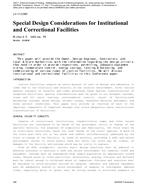Click here to purchase
With increased penetration of renewable energy resources, such as wind and solar, in the generation mix servicing the electric grid moving forward, there is a need for added flexibility to account for the high variability in the electricity supply that can occur with the use of these resources. Current market reports and industry surveys suggest that residential buildings are projected to be able to contribute significantly more to Demand Response (DR) and more broadly in grid flexibility services in the future, with the growth of enabling technologies that will help to support this transition from static to grid-responsive loads. Various behind-the-meter energy technologies such as smart meters, energy storage, electric vehicles, and smart appliances have the potential to accommodate these grid needs. This overall study aims to formulate electric load profiles for residential loads and quantify their ability to provide grid services, including capacity services, spinning reserves and/or voltage regulation at different times of the day. In this research, the REFIT and American Time Use Survey (ATUS) datasets are used to develop data-driven models to determine the state of use of different end-uses and their corresponding load profile when they are in operation. The results of this work will be used as input into grid-level models to assess the impact of the use of use end-use resources on transmission and distribution (TD) capital investment and reliability.
Citation: 2020 Virtual Conference Extended Abstracts Papers
Product Details
- Published:
- 2020
- Number of Pages:
- 3
- Units of Measure:
- Dual
- File Size:
- 1 file , 1.4 MB
- Product Code(s):
- D-VC-20-A001


